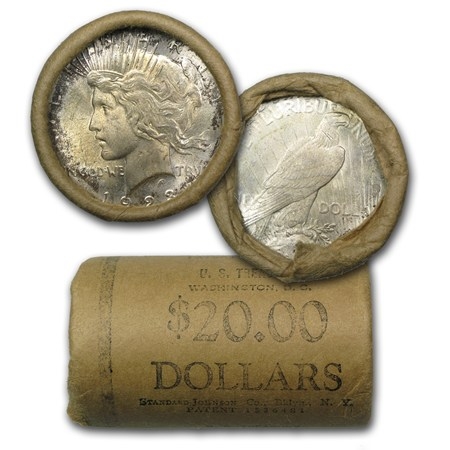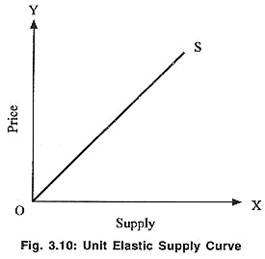
The P/S ratio can be used in place of the P/E ratio in situations where the company has a net loss. One of the advantages of using the P/S ratio is that sales are much harder to manipulate than earnings. Price-to-earnings ratio (P/E) looks at the relationship between a company’s stock price and its earnings.
- Investments with lower P/S ratios are generally more attractive as this indicates the company is generating more revenue for every dollar investors have put into the company.
- Price to sales ratio values a stock relative to its historical performance, market competitors or general market.
- With these helpful metrics in hand, landlords can measure a tenant’s long-term ability to pay rent and make a decision that supports the occupancy outlook for the property.
- The ratio ignores two important financial health indicators –
debt and profitability.
If it is driven by pure euphoria with no fundamental reasons, then it might signal that the company is overvalued and investors might be warned to stay away from this stock. On the other hand, if the growth expectations are underestimated by the investors than the P/S might be suppressed, which presents interesting buying opportunities. The price to sales ratio is mainly used to compare companies across industries. Additionally, it can provide insights into the health of a company by comparing it against its peers. Market Capitalization refers to the total market dollar value of all the outstanding shares of the company.
How do you calculate price to sales ratio?
It provides a quick snapshot of a company’s valuation without the complexities involved in other ratios. That being said, turnover is valuable only if, at some point, it can be translated into earnings. Consider construction companies, which have high sales turnover, but (with the exception of building booms) make modest profits. price to sales ratio interpretation By contrast, a software company can easily generate $4 in net profit for every $10 in sales revenue. What this discrepancy means is that sales dollars cannot always be treated the same way for every company. The P/S ratio also helps new companies or startups with zero net income place a valuation on their assets.
- A ratio of less than 1 indicates that investors are investing less than $1 for every $1 the company earns in revenue.
- We believe that sustainable investing is not just an important climate solution, but a smart way to invest.
- Companies across different industries will value the cost of a particular location differently and have varying office and retail space needs.
- The book value of a company is the difference between the balance sheet assets and balance sheet liabilities.
- The major downside of the price-to-sales ratio that tends to reduce its reliability is that the P/S ratio does NOT factor in the profitability of companies.
- Fundamental analysis is a method of attempting to determine the intrinsic value of a stock, using publicly available financial information.
The P/S ratio, also known as a sales multiple or revenue multiple, is a key analysis and valuation tool for investors and analysts. It can be calculated either by dividing the company’s market capitalization by its total sales over a designated period (usually twelve months) or on a per-share basis by dividing the stock price by sales per share. Like all ratios, the P/S ratio is most relevant when used to compare companies in the same sector. A low ratio may indicate the stock is undervalued, while a ratio that is significantly above the average may suggest overvaluation.
Debt Is a Critical Factor
In the next section of this guide, we’ll discuss how to compute your exact rent percentage of income. Calculating this ratio provides a business rent to income ratio or occupancy cost percentage. My Accounting Course is a world-class educational resource developed by experts to simplify accounting, finance, & investment analysis topics, so students and professionals can learn and propel their careers.
Widget’s stock price seems inexpensive, then, based on its ratio of 4.In the real world, price-sales ratios vary widely, among industries and sectors. The Price to Sales (P/S) ratio is a valuable tool for investors in evaluating a company’s market valuation and growth prospects. By comparing a company’s market capitalization to its total revenue, the P/S ratio provides insights into each dollar of sales and investors’ willingness to invest.
Occupancy Cost Percentage by Industry
The content on this website is for informational purposes only and does not constitute a comprehensive description of Titan’s investment advisory services. Market sentiment and investor behaviour can significantly impact a company’s P/S ratio. Positive sentiment and high demand for a company’s stock may drive the ratio higher, while negative sentiment can lead to a lower ratio. The P/S ratio enables investors to compare companies within the same industry or sector, regardless of their profitability or earnings. It is particularly helpful when analyzing startups that may not have substantial earnings yet. The P/S ratio is a straightforward metric that is easy to understand and calculate.

For example, in most cases, companies must expense research and development costs, reducing book value because this includes the expenses on the balance sheet. However, these R&D outlays can create unique production processes for a company or result in new patents that can bring royalty revenues. Price to sales is a better indicator of the fundamentals of the company as compared to price to book value, in the opinion of many critics. The price to sales ratio tells an investor how many dollars they are paying for every dollar that the company has in sales. Hence if the price to sales ratio is 3, investors are paying 3 dollars for every dollar in sales. This needs to be benchmarked against the industry average to understand the context.
Simple and Easy to Calculate
If we calculate the P/S ratios for these same three companies, we can obtain a better understanding of how the market is valuing each in comparison to one another. Next, we’ll list the assumptions related to each company’s sales and net income in the last twelve months (LTM). With those two assumptions, we can calculate the market capitalization for each company. The major downside of the price-to-sales ratio that tends to reduce its reliability is that the P/S ratio does NOT factor in the profitability of companies.

The ratio ignores two important financial health indicators – debt and profitability. And the market price, of course, can be taken from any of the finance or stock exchange websites. However, it also has limitations, including ignoring profitability and cost structure and not accounting for debt and capital structure. The P/S ratio can be used to value companies that have not yet achieved profitability or are experiencing temporary losses. This feature makes it a valuable tool for evaluating early-stage or cyclical companies where the P/E ratio may not be applicable. The P/S ratio determines whether a firm is cheap or overpriced in comparison to its peers.
How the price-sales ratio works
Volatility profiles based on trailing-three-year calculations of the standard deviation of service investment returns. Information provided by Titan Support is for informational and general educational purposes only and is not investment or financial advice. Stay informed on the most impactful business and financial news with analysis from our team. An investment opportunity should be looked at from all aspects of the company, which can help identify an underlying issue that cannot be found by looking at the results of each formula individually.
How to Use Price-To-Sales Ratios to Value Stocks – Investopedia
How to Use Price-To-Sales Ratios to Value Stocks.
Posted: Sat, 25 Mar 2017 19:22:49 GMT [source]

